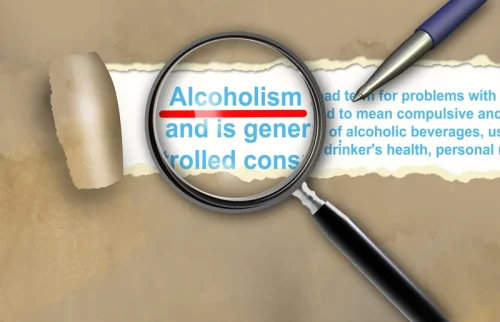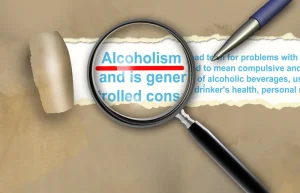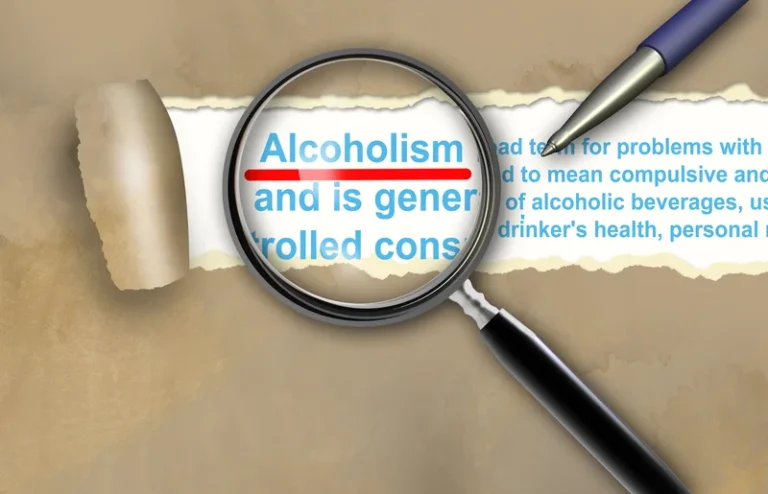
Benzodiazepines are a powerful benzodiazepine withdrawal class of medication used to treat anxiety, insomnia, and panic disorder. According to the American Psychiatric Association (APA), withdrawal symptoms from short-acting benzodiazepines peak on the second day and improve by the fourth or fifth. When you are physically dependent on a drug, it means your body can’t operate normally without it. If you stop or reduce your dose suddenly, you will experience withdrawal symptoms. Benzodiazepines are a group of central nervous system depressants used to treat anxiety, insomnia, and seizures.

Benzodiazepine Withdrawal Symptoms
From 1996 to 2013, the number of people filling benzodiazepine prescriptions increased by 67%. Benzodiazepine abuse and dependence has become more significant among all age groups, from teens to elderly adults. In 2016, estimates suggest that about half a million people in the United States misused sedative drugs. If you or a loved one are struggling with prescription drug dependence, getting help early can make all the difference.

Inpatient treatment
If you go into withdrawal without tapering, you also risk experiencing delirium and hallucinations that cause you to lose touch with reality—a terrifying and dangerous experience. Depending on which benzodiazepine you are currently taking, your doctor may want to switch you to a different one before your taper begins. Diazepam, a long-acting benzodiazepine, is the most common choice for dose tapering. Estimates suggest that 10 to 25% of people who take benzodiazepines for extended periods experience what’s known as protracted withdrawal. Longer-acting benzodiazepines like Klonopin (clonazepam) can stay in the system longer, which means it can be one to two days or even longer before withdrawal symptoms start.
Valium (diazepam) addiction – What are the signs & symptoms?

The best place to start for both prescribers and patients is the Ashton Manual, to date the best and most Substance abuse complete work on the subject. Some people can taper per the plans in the Ashton Manual, while others find that, in order to avoid debilitating symptoms, they must taper more slowly than what the manual recommends. Many other resources are available at the For Prescribers and For Patients pages in this website, and all are encouraged to explore this website’s extensive library of articles that are divided by topics.
- It’s essential to seek medical guidance when discontinuing benzodiazepines to manage withdrawal symptoms safely and effectively.
- Yes, untreated benzodiazepine withdrawal syndrome can lead to seizures, psychosis, and even death in severe cases.
- Benzodiazepine withdrawal syndrome (BWS) poses a complex challenge during medication cessation.
- Anecdotally, a slow rate of reduction may reduce the risk of developing a severe protracted syndrome.
The increase of symptoms is termed a “wave”, as in being engulfed in a wave of symptoms. In the first week of tapering off, your doctor may reduce your dose as much as 30% to get you to a safe amount. After that first leap, the steps become smaller, usually 5% to 10% of the original dose.

- Tapering can help take the edge off withdrawal symptoms like tremors and nausea, though it may not prevent withdrawal symptoms entirely.
- If you take benzodiazepines infrequently, such as once a week or once every few weeks to treat panic attacks, you can take them for a longer period of time.
- Withdrawal from normal dosage benzodiazepine treatment can result in a number of symptomatic patterns.
- Patient compliance rates are increased and patient discomfort is reduced when you factor in the patient’s experience and adjust the taper rate accordingly.
Onset of symptoms from long half-life benzodiazepines might be delayed for up to three weeks, although withdrawal symptoms from short-acting ones often present early, usually within hours. There may be no fundamental differences in symptoms from either high or low dose discontinuation, but symptoms tend to be more severe from higher doses. Failure to use the correct equivalent amount can precipitate a severe withdrawal reaction.119 Benzodiazepines with a half-life of more than 24 hours include chlordiazepoxide, diazepam, clobazam, clonazepam, chlorazepinic acid, ketazolam, medazepam, nordazepam, and prazepam.
The main factors contributing to this syndrome include the development of physical dependence on benzodiazepines, alterations in the brain’s neurotransmitter systems due to prolonged exposure, and changes in receptor sensitivity. Additionally, individual differences in metabolism and genetic factors can influence the severity and duration of withdrawal symptoms. When someone stops taking benzodiazepines suddenly, they may experience withdrawal symptoms.
PAWS can put you at risk of relapse because sufferers may return to substance use in order to stop symptoms. Consistent aftercare (such as therapy or support groups) is recommended to minimise this risk, even if withdrawal and detox have been successful. Emerging research also suggests acceptance and commitment therapy (ACT) could also have benefits during benzodiazepine withdrawal.


